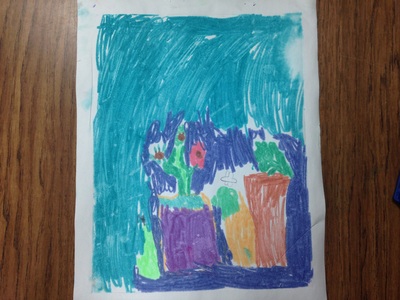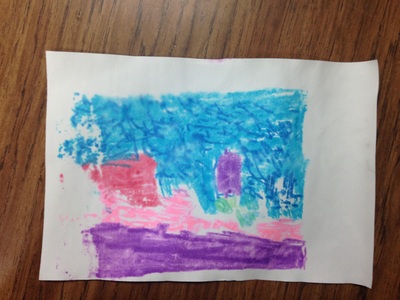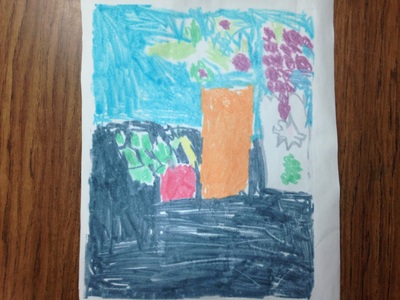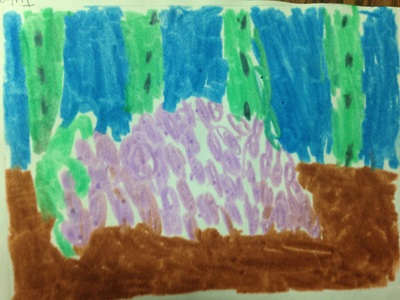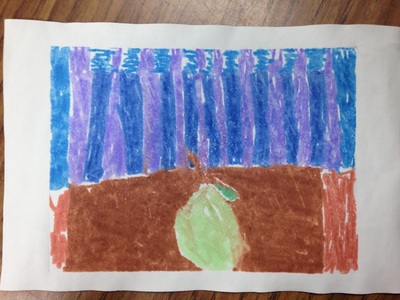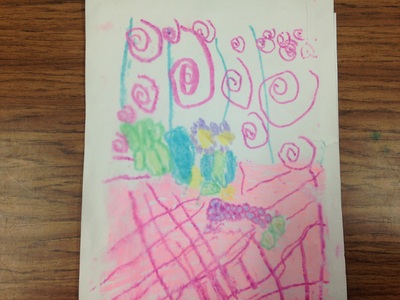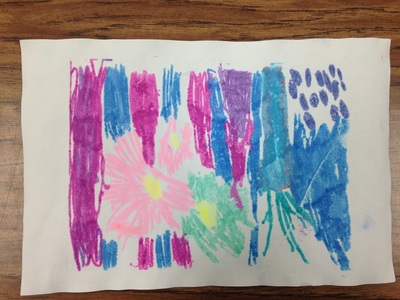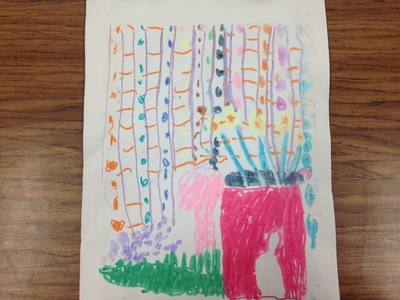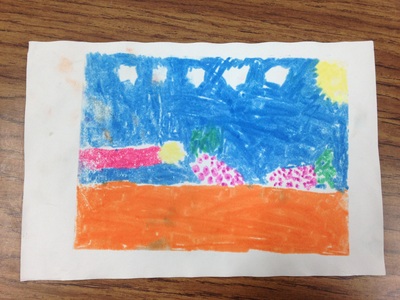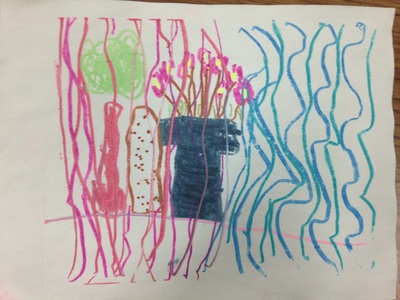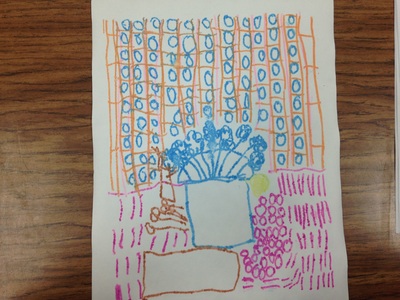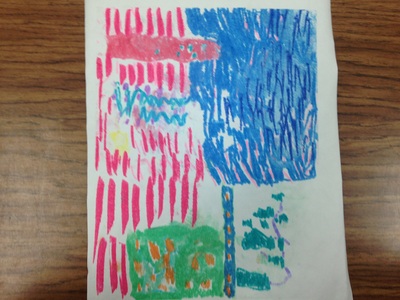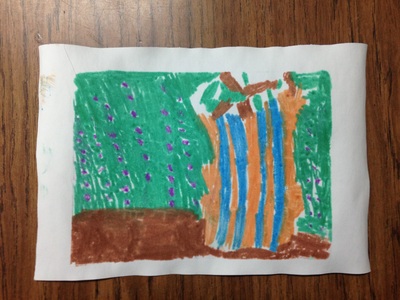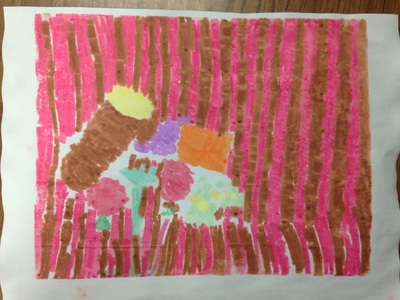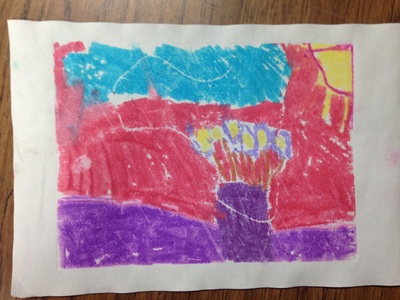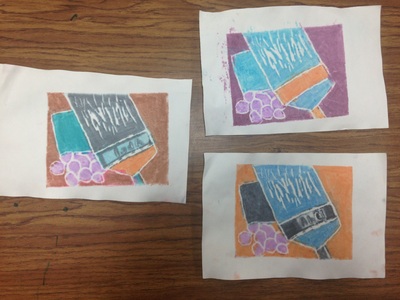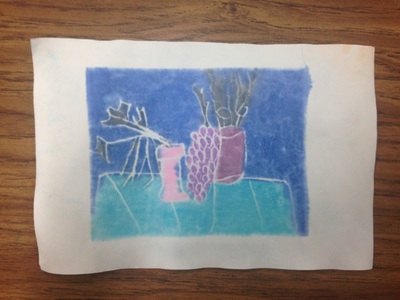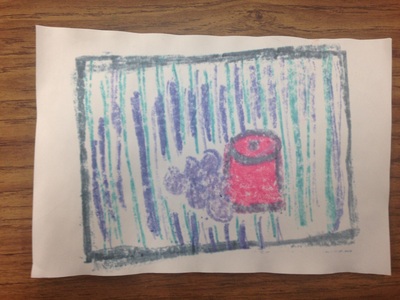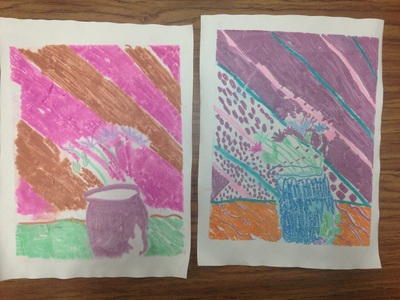Still-life Printmaking
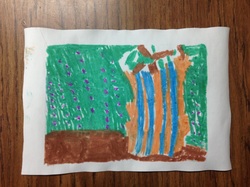
In this lesson students were asked to draw three sketches of a still-life.They would then take those drawings and create a monoprint, foam print, or collagraph. Printmaking is a very involved process and requires students to understand a variety of materials.
STILL LIFE LESSON (doc)
STILL LIFE KEYNOTE (keynote)
OBJECTIVES
The student will be able to observe and draw an object for 5 minutes in order to practice the skill of careful looking. (Bloom’s: Analyze, Standard: Comprehend, GLE: Artists and viewers determine artistic intent by comparing and contrasting the characteristics and expressive features of art and design)
The student will be able to construct three effective still life composition drawings including a single object drawing, whole composition, and part composition. (Bloom’s: Evaluate, Standard: Comprehend, GLE: Art has intent and purpose )
The student will be able to create at least one successful print of a still life, with thoughtful color choices. (Bloom’s: Create, Standard: Create, GLE: Use basic media to express ideas through the art-making process)
The student will be able to define and use the terms printmaking, still life, print, ink, brayer, realistic, and abstract to describe his/her artwork. (Bloom’s: Understand, Standard: Reflect, GLE: Artists, viewers, and patrons make connections among the characteristics, expressive features, and purposes of art and design)
The student will be able to write a reflection telling about the meaning of his/her or artwork and how he/she is going to use what was learned in future artworks. (Bloom’s: Evaluate, Standard: Transfer, GLE: Works of art connect individual ideas to make meaning)
STILL LIFE LESSON (doc)
STILL LIFE KEYNOTE (keynote)
OBJECTIVES
The student will be able to observe and draw an object for 5 minutes in order to practice the skill of careful looking. (Bloom’s: Analyze, Standard: Comprehend, GLE: Artists and viewers determine artistic intent by comparing and contrasting the characteristics and expressive features of art and design)
The student will be able to construct three effective still life composition drawings including a single object drawing, whole composition, and part composition. (Bloom’s: Evaluate, Standard: Comprehend, GLE: Art has intent and purpose )
The student will be able to create at least one successful print of a still life, with thoughtful color choices. (Bloom’s: Create, Standard: Create, GLE: Use basic media to express ideas through the art-making process)
The student will be able to define and use the terms printmaking, still life, print, ink, brayer, realistic, and abstract to describe his/her artwork. (Bloom’s: Understand, Standard: Reflect, GLE: Artists, viewers, and patrons make connections among the characteristics, expressive features, and purposes of art and design)
The student will be able to write a reflection telling about the meaning of his/her or artwork and how he/she is going to use what was learned in future artworks. (Bloom’s: Evaluate, Standard: Transfer, GLE: Works of art connect individual ideas to make meaning)
